A new study reveals that rising global temperatures are driving a surge in rat populations across major cities worldwide. Scientists warn that this trend poses significant threats to public health, infrastructure, and mental well-being.
There's a saying that in a big city you are never more than six feet away from a rat. It's an urban myth, but scientists are warning cities across the globe are becoming far rattier, and the boom is primarily driven by one factor: climate change. Jonathan Richardson, a biology professor at the University of Richmond, decided to research urban rat trends after seeing media reports of rats taking over cities.
These tended to focus on single locations and “usually without a lot of hard data,” he told CNN. He and his team decided to change that. They requested rat stats from the 200 biggest US cities by population, but found only 13 had the quality long-term data they needed. To give more geographical range, the researchers also included three international cities: Toronto, Tokyo and Amsterdam. The data collected spanned an average of 12 years and comprised rat sightings, trappings and inspection reports. It revealed “significant increasing trends” in rat numbers in 11 of the 16 cities, according to their study, published Friday in the journal Science Advances. Washington DC, San Francisco, Toronto, New York City and Amsterdam experienced the biggest growth. Just three saw declines: New Orleans, St. Louis and Tokyo. The study linked rat increases to several factors, including high population densities and low amounts of urban vegetation, but the predominant influence was warmer average temperatures. Rats are small mammals and limited by the cold, Richardson said. Warmer temperatures, especially in the winter, give them longer to be outside foraging and, crucially, longer to reproduce through the year. A warmer climate can also extend growing seasons, providing rats more food as well as vegetation to hide in, said Michael Parsons, an urban field ecologist and wild rat expert who was not involved in the research. “Even scents of food and rubbish can travel farther in warmer weather,” he told CNN. Burgeoning rat populations are a big problem for cities. Rats damage infrastructure, contaminate food, and can start fires by gnawing through wires. They cause an estimated $27 billion of damage each year in the US, according to the report. They are a health hazard, too. “Rats are associated with more than 50 pathogens that affect people,” which they transfer through their urine, feces, saliva nest, materials and parasites, said Matt Frye, a pest expert at Cornell University, who was not involved in the research. Some of these can be severe, such as leptospirosis, also called Weil’s disease, which can cause kidney and liver damage and even death without treatment. There is also increasing evidence rats have “huge mental health impacts” on the people living around them, Richardson said. Even among the rattiest cities identified in the study, Washington, DC, stood out. It had a 1.5 times greater growth in rat populations than New York City. The tell-tale sign of a rat problem in DC is a hole chewed through a hard plastic trash can. “The only way you can rodent proof a trash can is not to put food in it,” said Gerard Brown, who runs the city’s rodent control program. Last year was DC’s hottest on record — bad news for attempts to control rats. Brown is hoping the cold snap in December and January will help cull the population. “Cold acts as a natural exterminator,” he said. Brown and other city officials attempted a rat birth control pilot project several years ago but abandoned it after inconclusive results. The rats had to consume a liquid birth control daily, an impossible task to guarantee. Brown said DC’s numbers could be so high because the city encourages residents to call in each rat sighting. Public reports of rats are very useful but can be flawed, said field ecologist Parsons. People normally only make a call when they see something “unusual,” he said, and not when rats are expected in any given area. It is incredibly hard to pin down accurate urban rat numbers, Parsons added. “Rats are small, cryptic and usually nocturnal.” Richardson said the high number of rats in some cities is no indictment of authorities’ commitment to tackling the problem, but rat-reduction efforts are often underfunded. Lessons can be learned from the three cities in the study that reduced rat populations, he said. He chalks their success up to campaigns informing residents how to avoid attracting rats and making city resources available to help. Richardson also encouraged authorities to move away from lethal control, “because it’s just responsive to infestations that are already there,” and think more about how to take away access to what rats rely on, such as food waste, garbage access and debris piles. The findings are a wake up call about the challenge rats may pose in a warmer world, Richardson said. “If you don’t have a handle on this, it’s only going to get worse. You don’t want to be like Sisyphus pushing that boulder up a hill.” In DC, Brown said he is optimistic about the city’s battle to keep its rats under contro
CLIMATE CHANGE RATS URBAN INFESTATION PUBLIC HEALTH ENVIRONMENTAL IMPACTS
United States Latest News, United States Headlines
Similar News:You can also read news stories similar to this one that we have collected from other news sources.
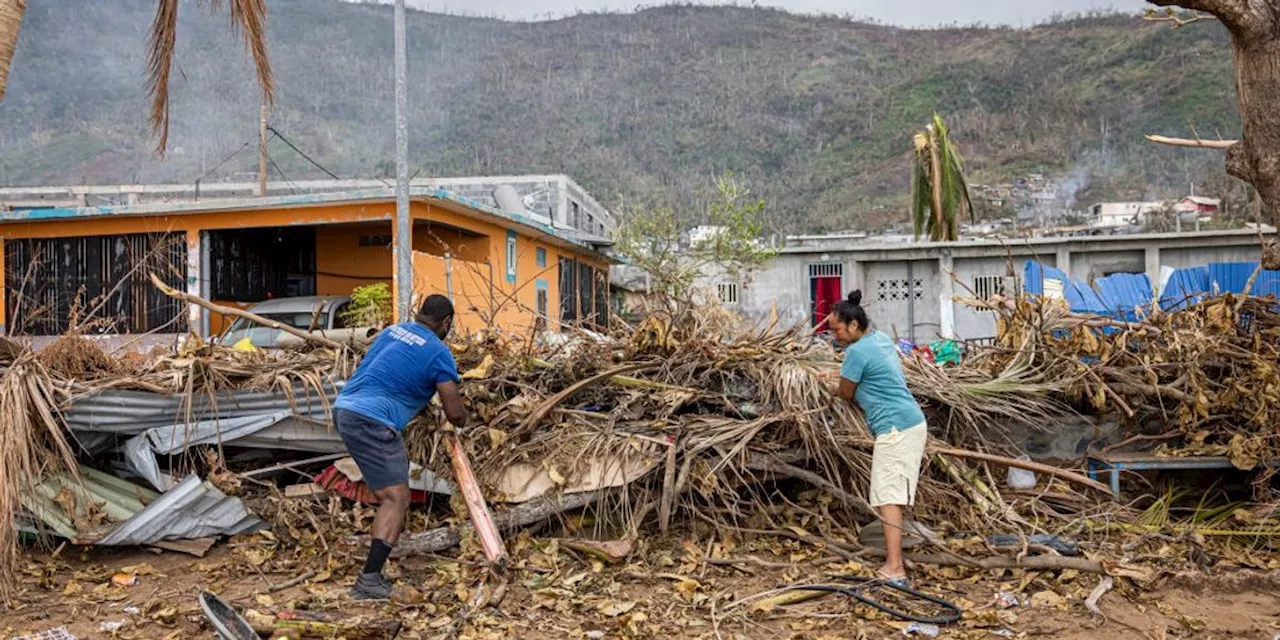 Climate Change Fuels Record-Breaking Extreme Weather in 2024A new report reveals that climate-driven extreme weather events in 2024 caused at least 3,700 deaths and millions of displacements, highlighting the urgent need to transition away from fossil fuels.
Climate Change Fuels Record-Breaking Extreme Weather in 2024A new report reveals that climate-driven extreme weather events in 2024 caused at least 3,700 deaths and millions of displacements, highlighting the urgent need to transition away from fossil fuels.
Read more »
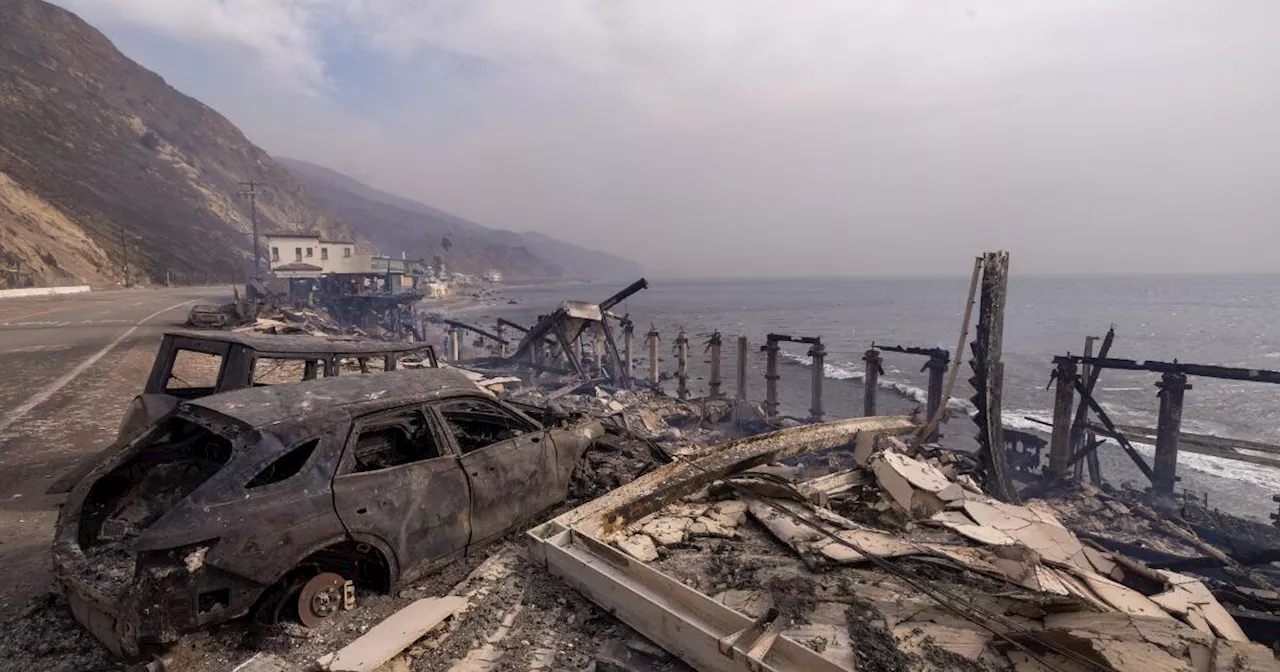 Climate Change Fuels Extreme Weather Swings, Increasing Wildfire RiskScientists warn that human-caused climate change is leading to more frequent and intense shifts between wet and dry weather, a phenomenon known as hydroclimate whiplash. This trend increases the risk of wildfires, flooding, and other hazards. The study, published in Nature Reviews Earth & Environment, found that hydroclimate whiplash events have already grown by 31% to 66% since the mid-1900s and are projected to more than double in a scenario where global warming reaches 3 degrees Celsius.
Climate Change Fuels Extreme Weather Swings, Increasing Wildfire RiskScientists warn that human-caused climate change is leading to more frequent and intense shifts between wet and dry weather, a phenomenon known as hydroclimate whiplash. This trend increases the risk of wildfires, flooding, and other hazards. The study, published in Nature Reviews Earth & Environment, found that hydroclimate whiplash events have already grown by 31% to 66% since the mid-1900s and are projected to more than double in a scenario where global warming reaches 3 degrees Celsius.
Read more »
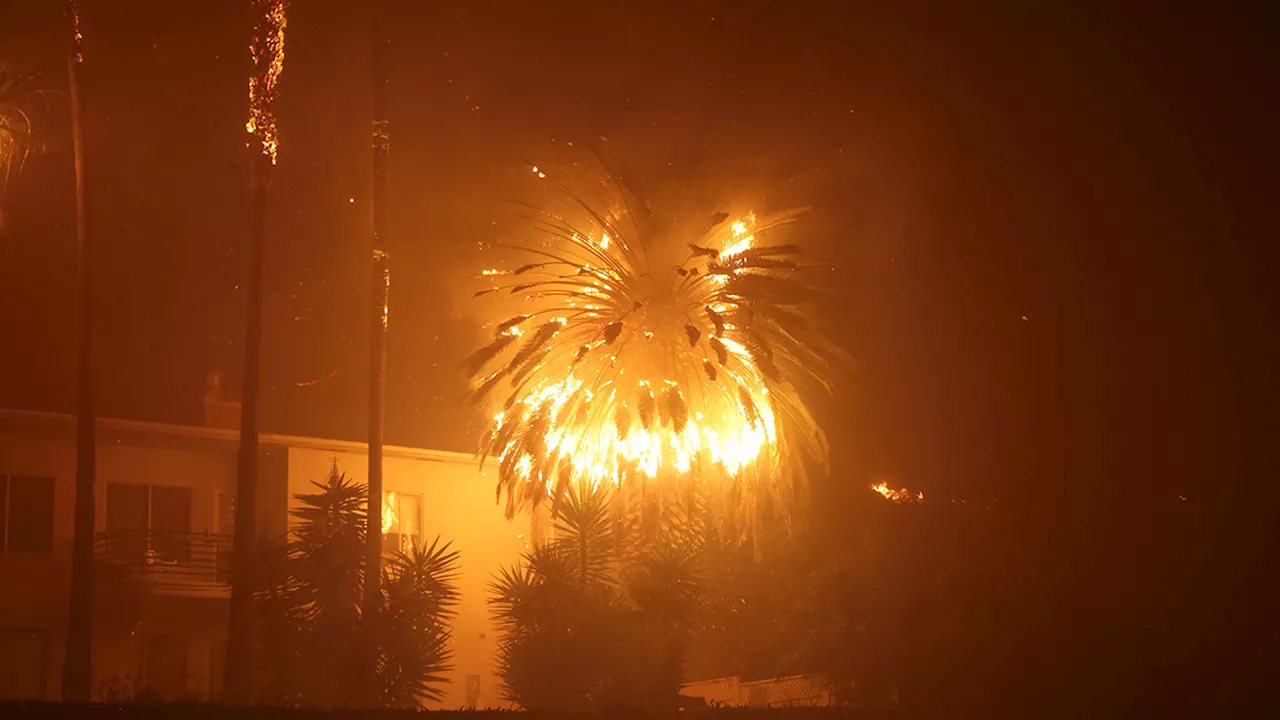 Climate Change Fuels Devastating Wildfires in Southern CaliforniaNew research highlights how climate change has intensified conditions, making Southern California hotter, drier, and windier, creating ideal conditions for destructive wildfires. Though not the sole cause, climate change exacerbates fire intensity and spread. The recent fires in Los Angeles, which claimed lives and caused widespread destruction, serve as a stark example.
Climate Change Fuels Devastating Wildfires in Southern CaliforniaNew research highlights how climate change has intensified conditions, making Southern California hotter, drier, and windier, creating ideal conditions for destructive wildfires. Though not the sole cause, climate change exacerbates fire intensity and spread. The recent fires in Los Angeles, which claimed lives and caused widespread destruction, serve as a stark example.
Read more »
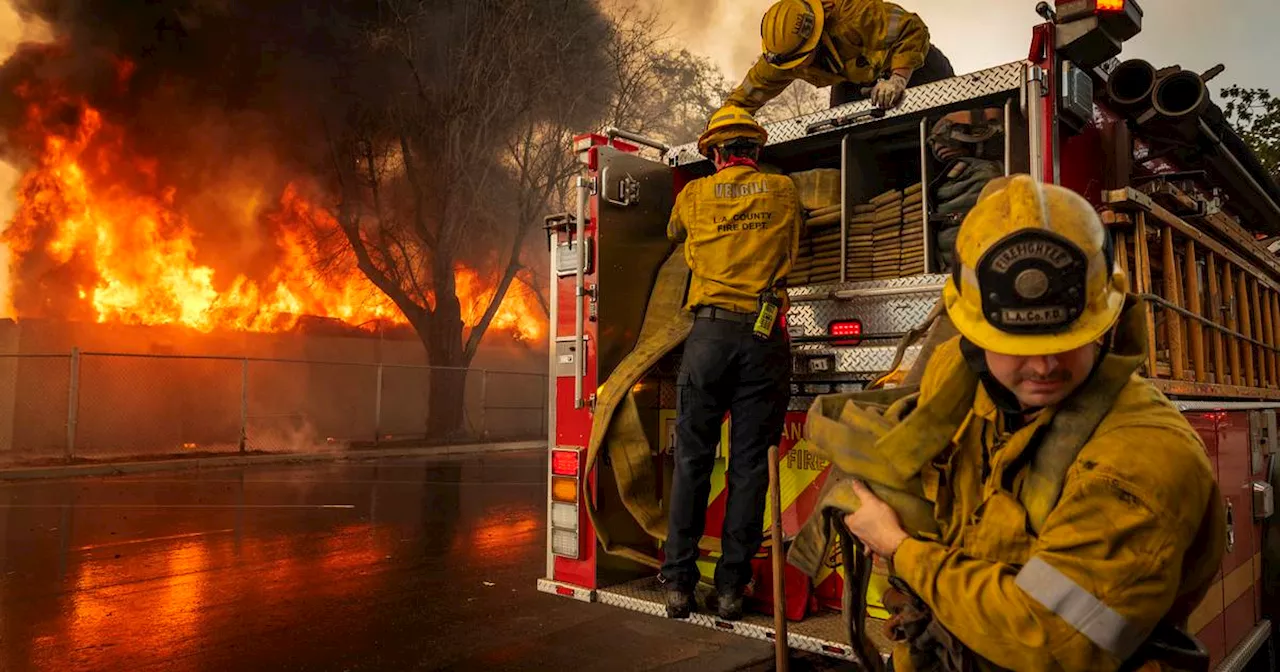 LA Fires: Climate Change Fuels 'Destructive Disaster' as Santa Ana Winds RageThe Palisades and Eaton fires, fueled by record-breaking Santa Ana winds and a historic drought, have scorched thousands of acres and claimed at least 11 lives. Fire officials say the extreme conditions, exacerbated by climate change, made firefighting efforts nearly impossible.
LA Fires: Climate Change Fuels 'Destructive Disaster' as Santa Ana Winds RageThe Palisades and Eaton fires, fueled by record-breaking Santa Ana winds and a historic drought, have scorched thousands of acres and claimed at least 11 lives. Fire officials say the extreme conditions, exacerbated by climate change, made firefighting efforts nearly impossible.
Read more »
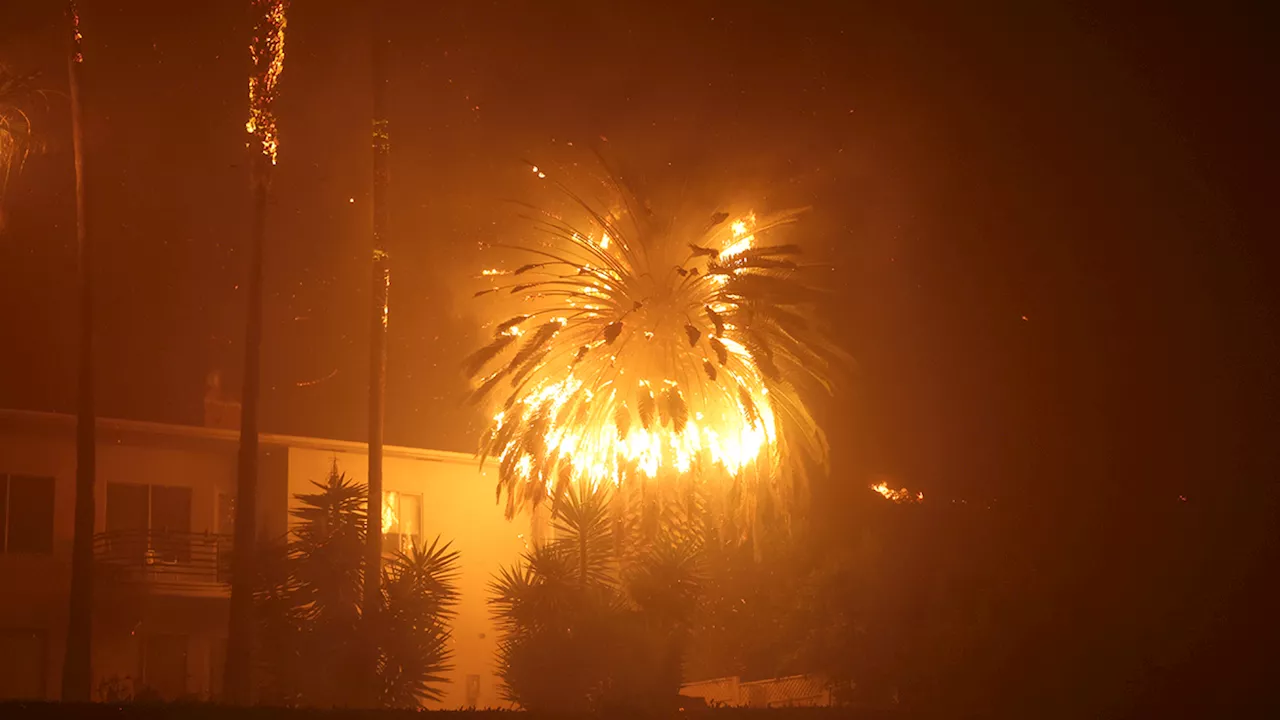 Climate Change Fuels California WildfiresRecent research highlights the role of climate change in intensifying California's wildfire risk. Warmer temperatures, drier conditions, and increased wind speeds create a perfect storm for dangerous and widespread fires.
Climate Change Fuels California WildfiresRecent research highlights the role of climate change in intensifying California's wildfire risk. Warmer temperatures, drier conditions, and increased wind speeds create a perfect storm for dangerous and widespread fires.
Read more »
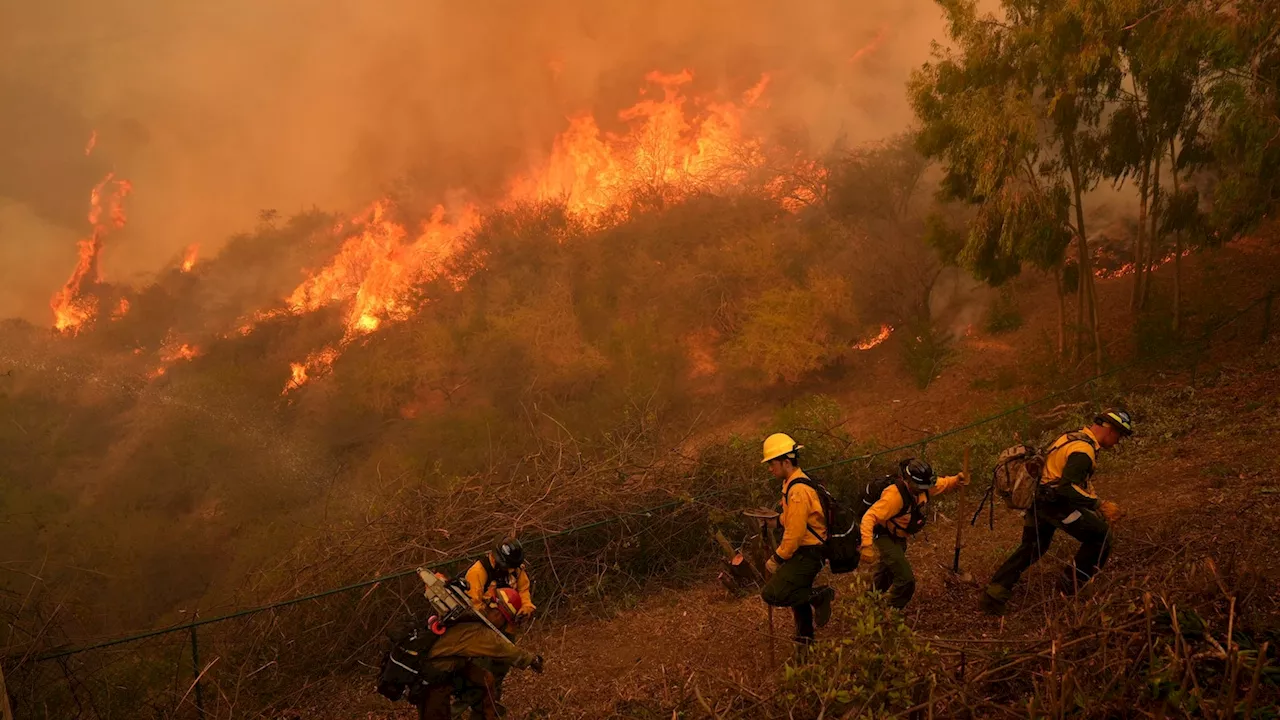 Climate Change Fuels California Wildfires, Experts Urge Proactive PlanningRecent devastating wildfires in California, like the Palisades and Eaton Fires, are seen as a stark reminder of the increasing threat of climate change. Experts emphasize the urgent need for local governments to conduct comprehensive climate risk assessments and implement mitigation strategies to minimize the impact of future disasters. Proactive planning, they argue, is crucial to protect lives and property.
Climate Change Fuels California Wildfires, Experts Urge Proactive PlanningRecent devastating wildfires in California, like the Palisades and Eaton Fires, are seen as a stark reminder of the increasing threat of climate change. Experts emphasize the urgent need for local governments to conduct comprehensive climate risk assessments and implement mitigation strategies to minimize the impact of future disasters. Proactive planning, they argue, is crucial to protect lives and property.
Read more »
